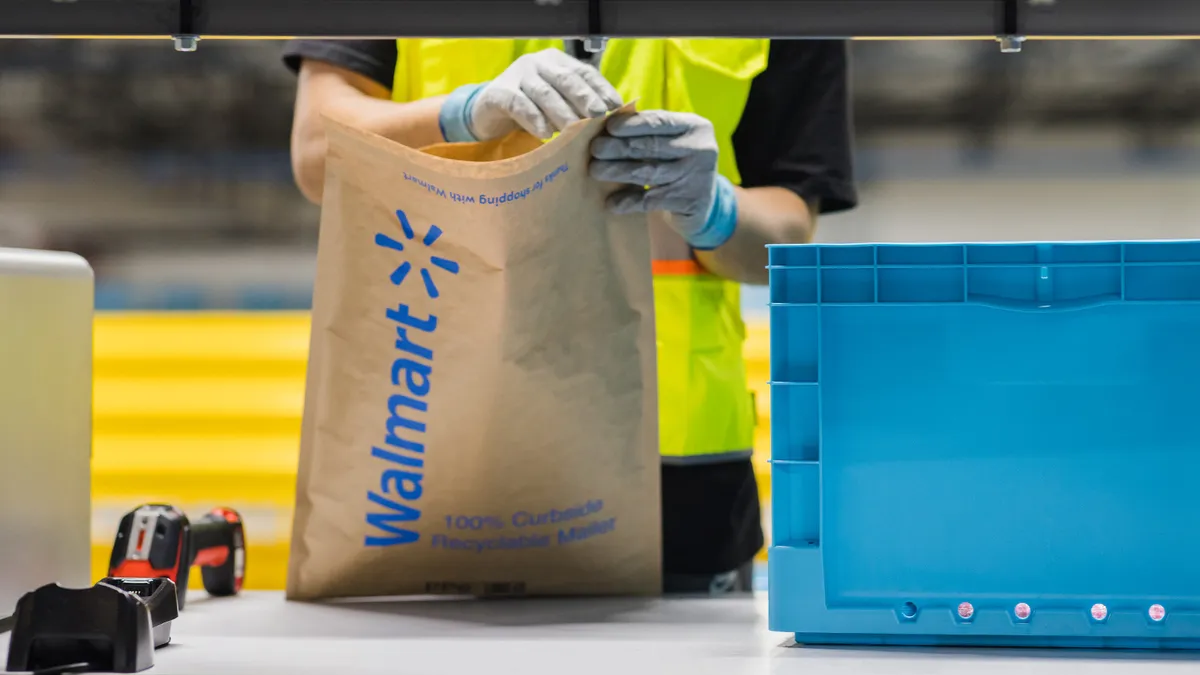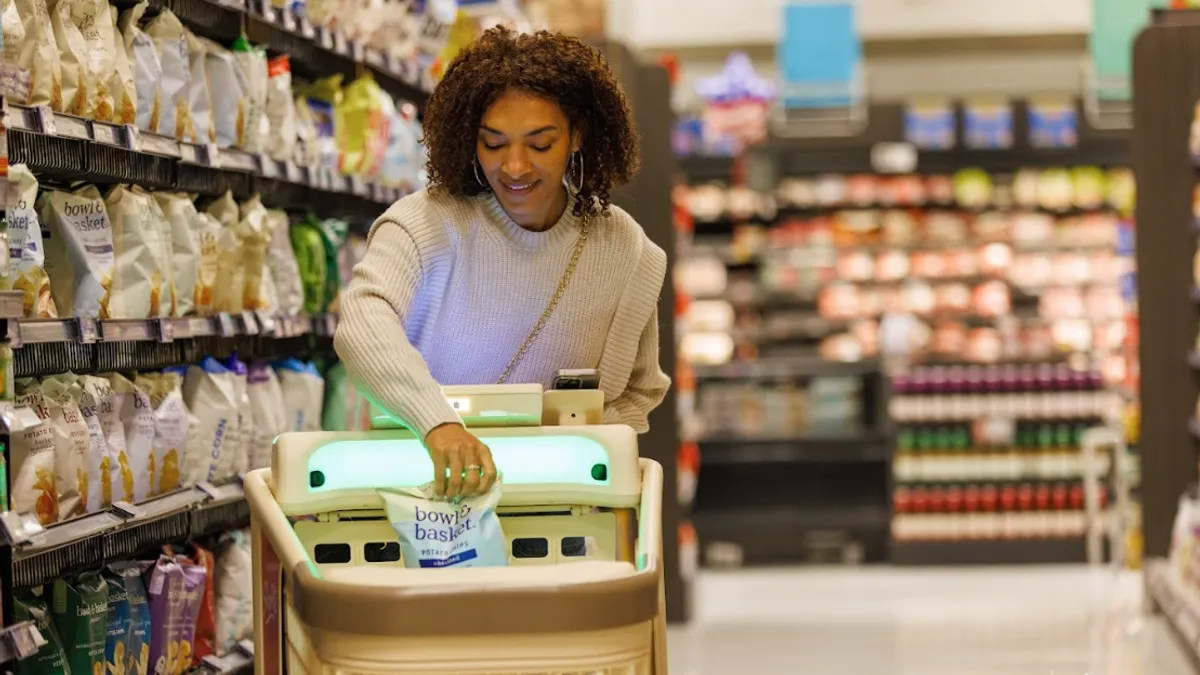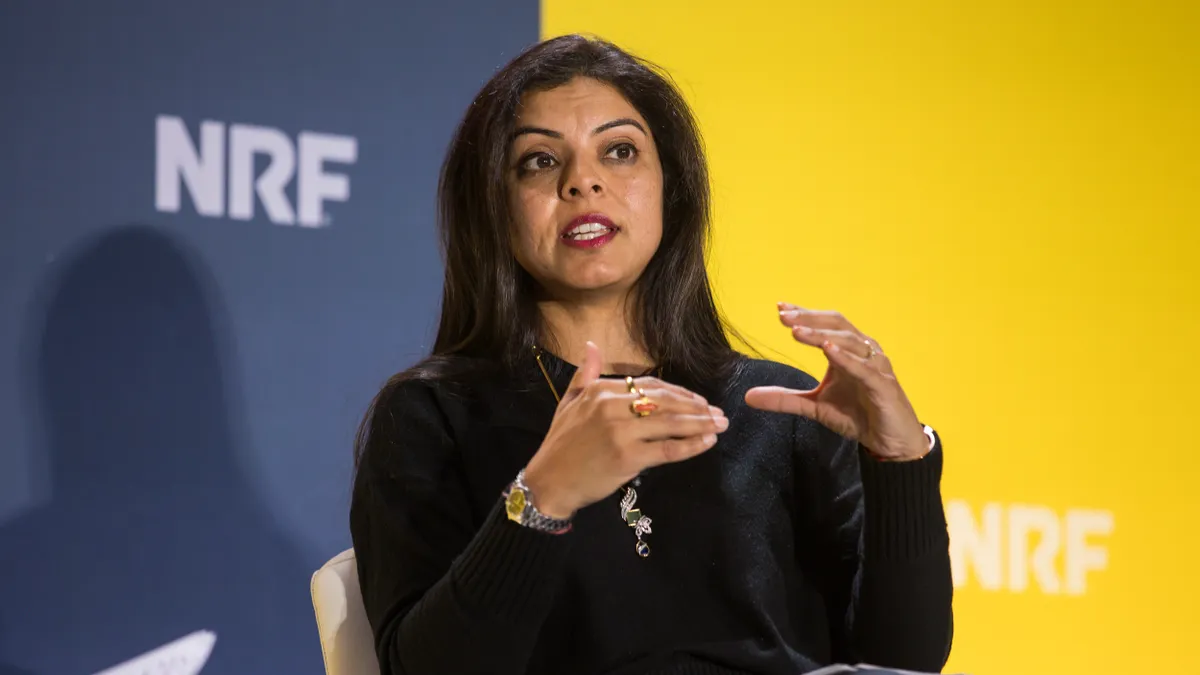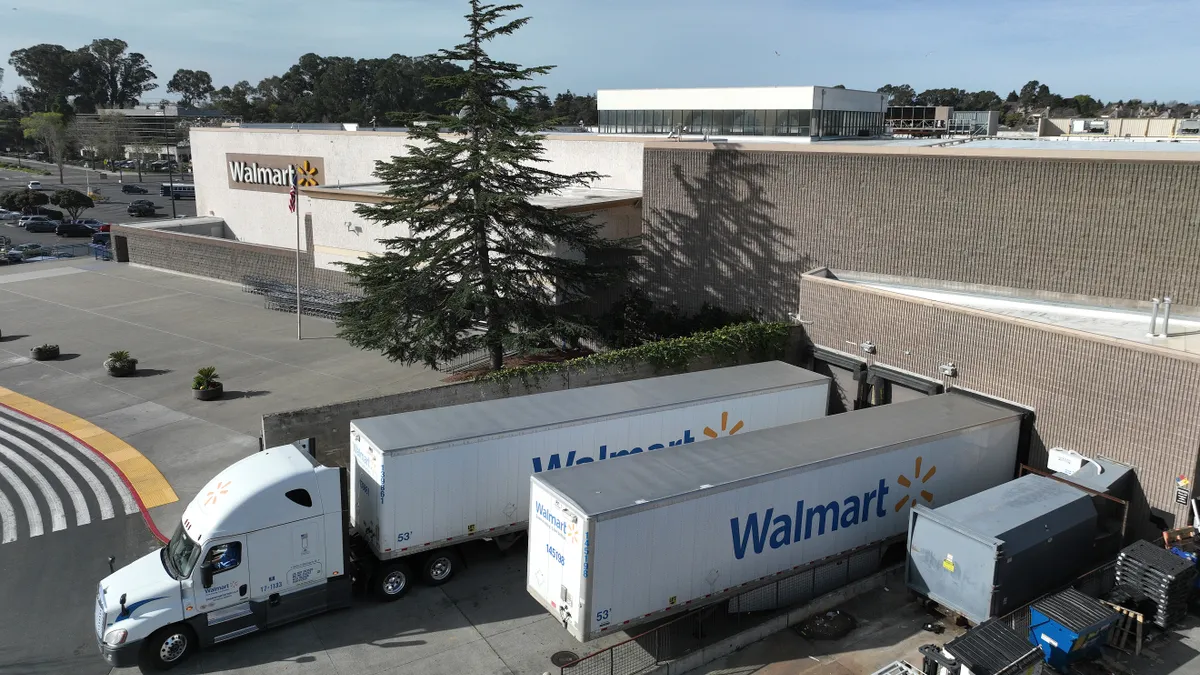Editor's Note: The following is a guest post from Richard Mellor, former vice president of loss prevention for the National Retail Federation, who currently serves as a consultant to SheerID, a service provider for omnichannel eligibility verification specializing in fraud protection.
Not so long ago, when mobile shopping and online purchasing were figments of our imaginations, loss prevention professionals were focused on catching criminals who lurked within brick-and-mortar retail. And while that is still an important part of retail loss prevention, it comprises a much smaller segment of the loss prevention specialist’s responsibilities in today’s digital world: In one U.S. retail fraud survey of over 100 companies, researchers found that store fraud prevention spending declined from 0.6% of sales to 0.5% year over year, while investment in online fraud prevention increased from 0.2% to 0.34%, a change representing millions of dollars in corporate spending.
While advances in technology have boosted the sophistication of today’s cybercriminals, they’ve also empowered loss prevention specialists. Data analytics widely used by loss prevention have become a valuable link to understanding abnormal behaviors and suspicious patterns of fraud in the e-commerce (and now the m-commerce) retail environment. Additionally, many loss prevention organizations monitor social media to identify potential threats.
These new developments, and many others still to come, underscore the complexity of the role that loss prevention plays now, and will continue to play for the foreseeable future. Which poses the question: What’s coming next for the retail loss prevention industry? Here’s my take.
Expect a heavy concentration on video surveillance operational rules and standards
While there is a multitude of technology used in the retail industry, from point-of-sale transaction profiling to RFID tracking, none may be more fundamental to retail loss prevention than video surveillance.
Through the decades, this technology has continued to advance, helping loss prevention officers catch countless thieves committing crimes in physical stores. However, the video surveillance evolution is far from over; in fact, it has become far more sophisticated just in the last few years. From IP-accessible cameras to built-in facial recognition, these surveillance systems are some of the most advanced connected devices on the market today.
Yet as retailers reap the benefits of facial recognition and other tools, the concerns of increased liability, system security and data protection skyrocket. As a result, the next few years will bring new concerns for the protection of the images and data recorded and the potential of those files being breached, potentially resulting in new standards for the privacy and protection of this data focused on personal security and access management. As such, data and oversight management is an ever-growing priority for loss prevention directors, along with their IT teams.
While these protocols (and possible regulations) unfold, it’s important that retailers continue to fight for the importance of using these technologies, not only to protect the business, but also to protect shoppers and employees.
Reliance on IT, outside vendors will be at an all-time high
As the rise of e-commerce and m-commerce retailing continues, loss prevention specialists will be required to grow system-savvy and develop an aptitude in data analysis to identify criminal activities that are constantly evolving online: New ideas, concepts, and schemes are developed every day by cybercriminals, and their sophistication often includes virtual escape methods.
Therefore, it will be even more important for loss prevention professionals, IT teams and cybersecurity specialists within a retail organization to find the right partners to protect their brand integrity. These partners will be those that specialize in providing solutions that enhance shopping processes for the business while also protecting online channels. Successful companies will properly implement and manage cyber programs across the organization that analyze transactional data and predict fraud based on a set of conditions and personal information in real time, and shut down criminal transactions quickly.
Titles and responsibilities will once again evolve
As retailers shift focus to online sales and close some physical stores, some merchants are struggling to understand the loss prevention specialist’s role in the e-commerce world, resulting in some job cuts. However, as ominous as that may sound, the next few years will breathe new life into the loss prevention sector.
Retailers, online and off, cannot afford to eliminate loss prevention specialist experience and skill: Instead, new roles will be created that better encompass the growing list of responsibilities that fall within the loss prevention professional role, including social media management and drone data oversight. These new professionals will be better prepared and better educated — and loss prevention will continue to be an integral piece of the retail industry.

















